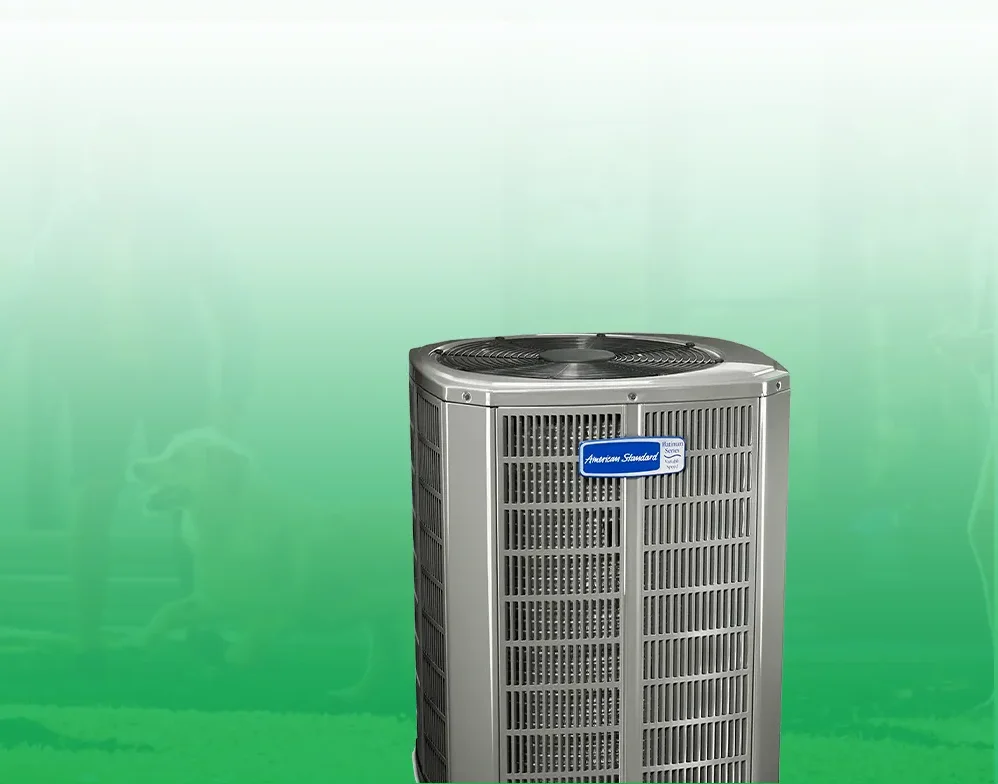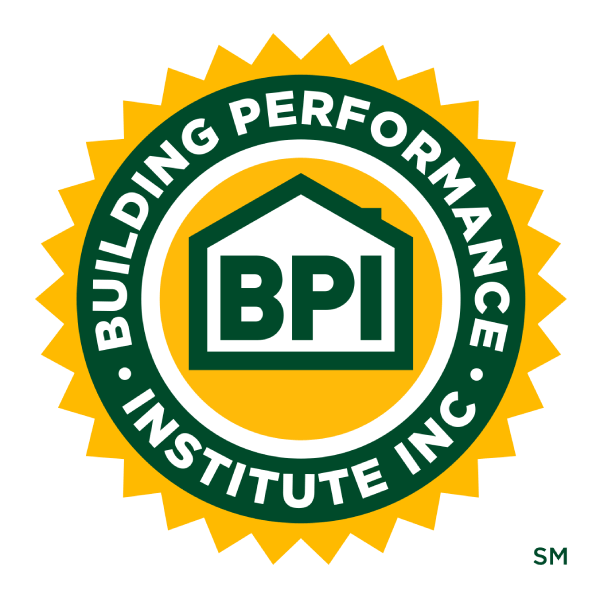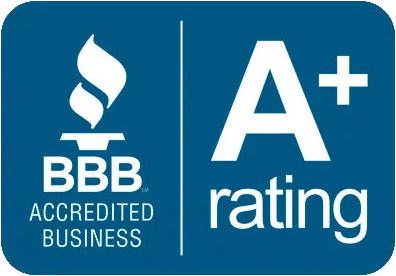At Horne HVAC Charlotte, we are committed to providing comprehensive HVAC services that ensure your home remains comfortable and efficient. One critical component of your HVAC system that often goes unnoticed is the circuit board. Understanding its function, location, and importance can help you appreciate its pivotal role in the overall operation of your heating and cooling system.
What is a Circuit Board?
A circuit board, also known as a control board, is the electronic heart of your HVAC system. It is a small, intricate component that manages and coordinates the various functions and operations of your heating and cooling equipment. The circuit board is responsible for processing signals from the thermostat, controlling the timing and operation of the HVAC components, and ensuring that the system runs efficiently and safely.
Location of the Circuit Board
The circuit board is typically located inside your HVAC system’s furnace or air handler unit. In most residential systems, it is housed within a compartment that protects it from dust, debris, and other potential contaminants. Accessing the circuit board usually requires removing a panel from the furnace or air handler, which should only be done by a trained HVAC technician to avoid damage or injury.
The Function of the Circuit Board
The primary function of the circuit board is to control and manage the operations of your HVAC system. Here’s how it works:
- Signal Processing: The circuit board receives signals from the thermostat, which dictates the desired temperature settings and operational modes (heating, cooling, fan only, etc.).
- Component Control: Based on the signals received, the circuit board activates and deactivates various components of the HVAC system, such as the blower motor, compressor, condenser fan, and gas valve.
- Timing and Sequencing: The circuit board ensures that all components operate in the correct sequence and for the appropriate duration. For example, it controls the timing of the ignition sequence in a furnace or the defrost cycle in a heat pump.
- Safety Monitoring: The circuit board monitors various safety sensors and switches within the system. If it detects any unsafe conditions, such as a flame rollout or overheating, it will shut down the system to prevent damage or hazards.
- Diagnostic Functions: Many modern circuit boards have diagnostic capabilities to identify and display error codes when something goes wrong. This feature helps HVAC technicians quickly diagnose and repair issues.



















